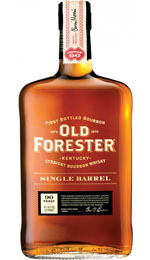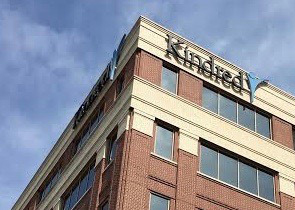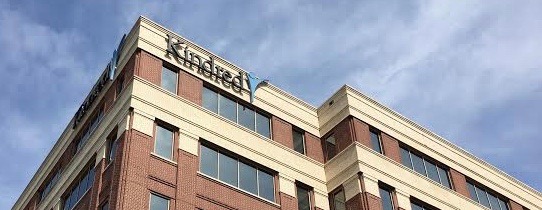The Louisville-based health insurer added new language to the “Risk Factors” section of its quarterly 10-Q report filled today with the Securities and Exchange Commission, about the Department of Justice’s lawsuit last month blocking Humana’s $37 billion merger with Aetna of Hartford. Here’s what the new section says.
 On July 21, the DOJ filed a civil antitrust complaint (which we refer to as the DOJ action) against us and Aetna in the U.S. District Court for the District of Columbia, charging that the merger would violate Section 7 of the Clayton Antitrust Act and seeking a permanent injunction that would prevent the Merger. The filing of the DOJ action is delaying, and, if we and Aetna are unsuccessful in defending against or settling the DOJ action, could ultimately prevent, the consummation of the merger. There can be no assurance that we will be successful in defending against or settling the DOJ action or that the merger will be consummated by any particular time, if at all.
On July 21, the DOJ filed a civil antitrust complaint (which we refer to as the DOJ action) against us and Aetna in the U.S. District Court for the District of Columbia, charging that the merger would violate Section 7 of the Clayton Antitrust Act and seeking a permanent injunction that would prevent the Merger. The filing of the DOJ action is delaying, and, if we and Aetna are unsuccessful in defending against or settling the DOJ action, could ultimately prevent, the consummation of the merger. There can be no assurance that we will be successful in defending against or settling the DOJ action or that the merger will be consummated by any particular time, if at all.
In addition, even if we and Aetna enter into a settlement with respect to the DOJ action, there can be no assurance that we and/or Aetna will not be required to agree to terms, conditions, requirements, limitations, costs or restrictions that could further delay completion of the merger, impose additional material costs on or limit the revenues of the combined company, or limit some of the synergies and other benefits we presently anticipate to realize following the merger. We cannot provide any assurance that any such terms, conditions, requirements, limitations, costs or restrictions will not result in a material delay in, or the abandonment of, the merger.




 “Beginning in 1870 with Old Forester Bourbon Whisky — our founding brand — and spanning the generations since, we have built a portfolio of more than 40 spirit, wine, and ready-to-drink cocktail brands that includes some of the best-known and most-loved trademarks in our industry. The most important brand in our portfolio is Jack Daniel’s Tennessee Whiskey, which is the fourth-largest spirits brand of any kind and the largest American whiskey brand in the world, according to Impact Databank’s ‘Top 100 Premium Spirits Brands Worldwide’ list.”
“Beginning in 1870 with Old Forester Bourbon Whisky — our founding brand — and spanning the generations since, we have built a portfolio of more than 40 spirit, wine, and ready-to-drink cocktail brands that includes some of the best-known and most-loved trademarks in our industry. The most important brand in our portfolio is Jack Daniel’s Tennessee Whiskey, which is the fourth-largest spirits brand of any kind and the largest American whiskey brand in the world, according to Impact Databank’s ‘Top 100 Premium Spirits Brands Worldwide’ list.”
